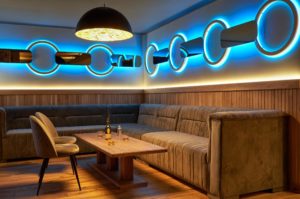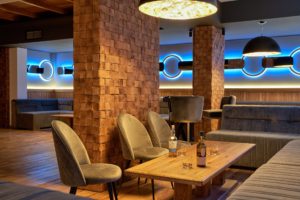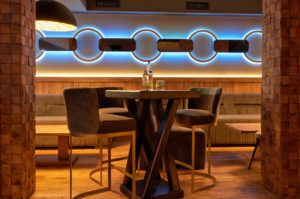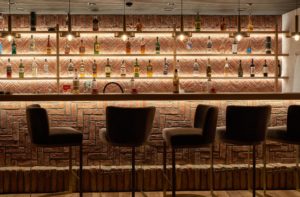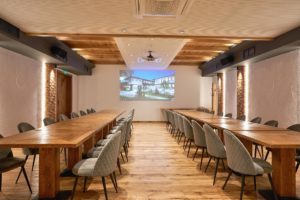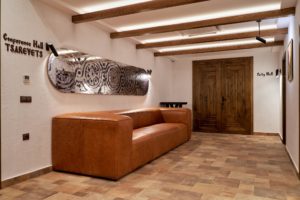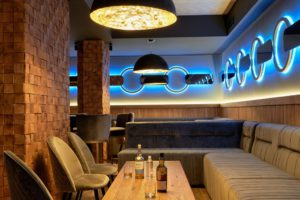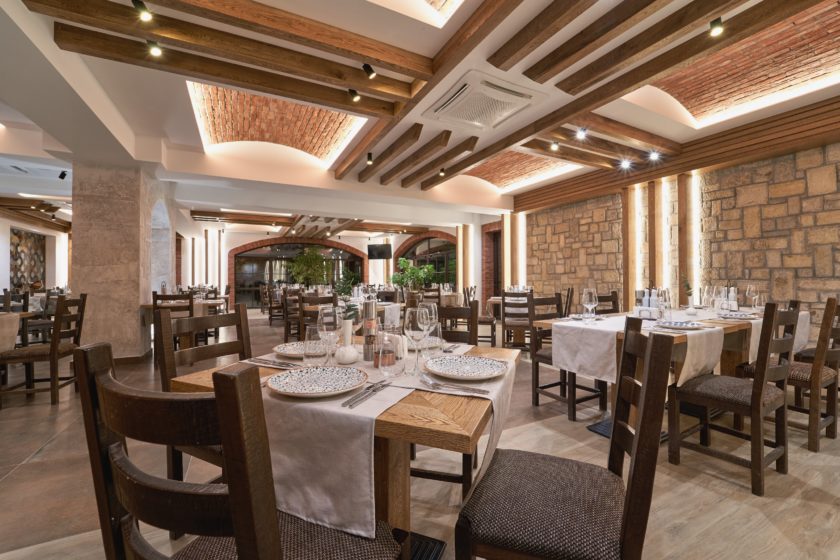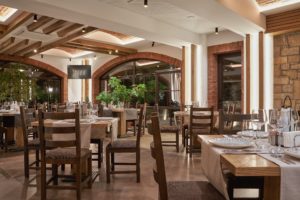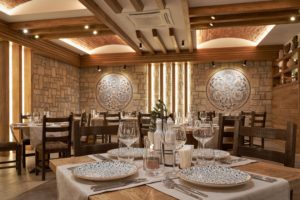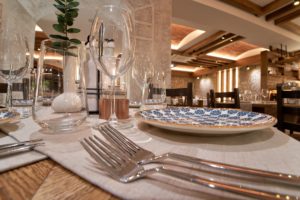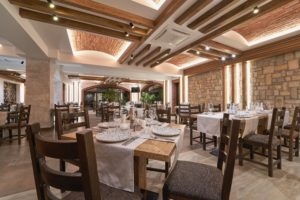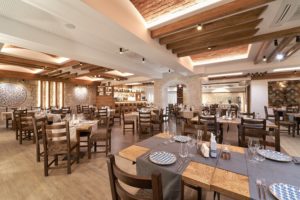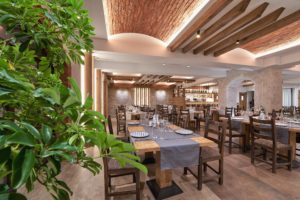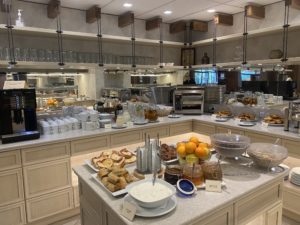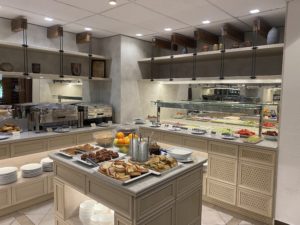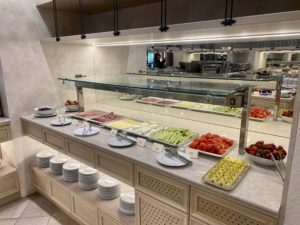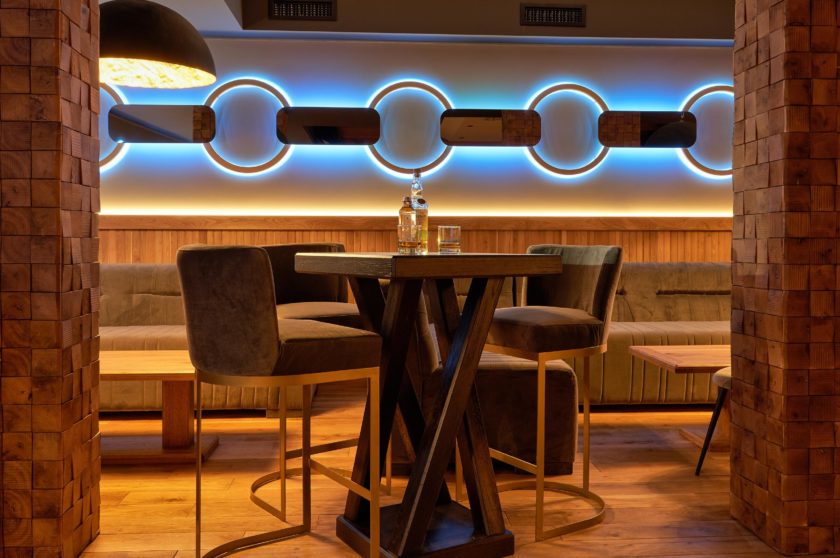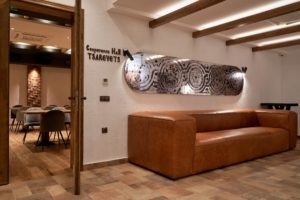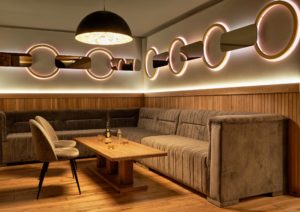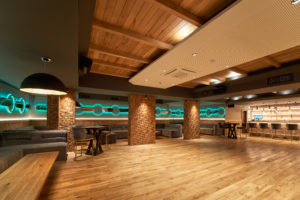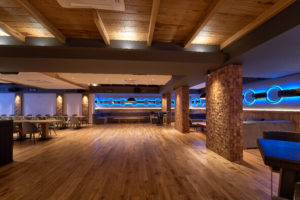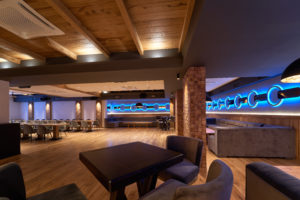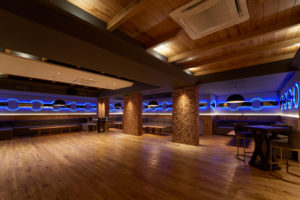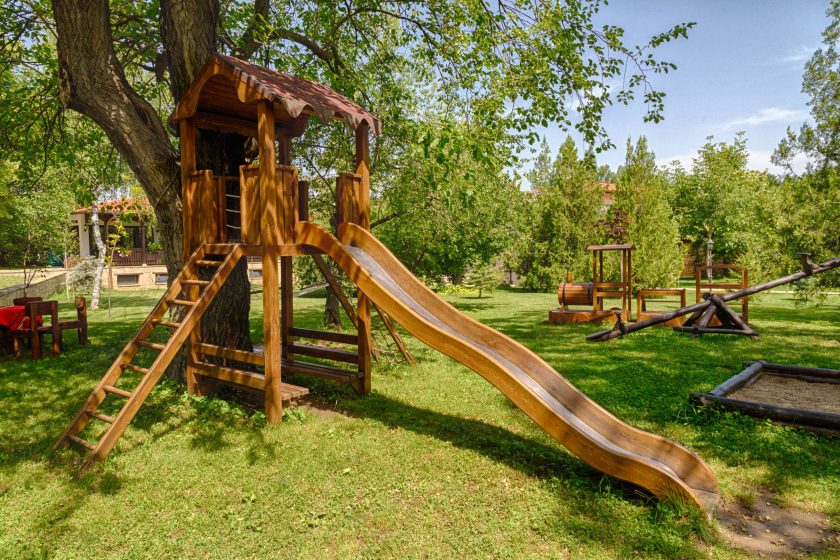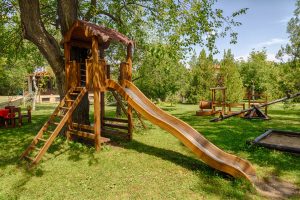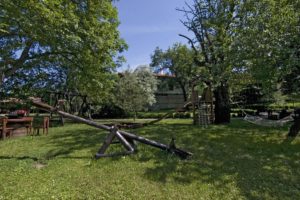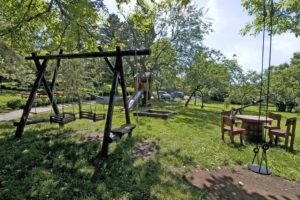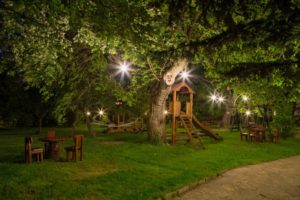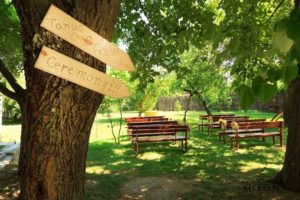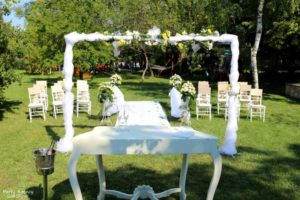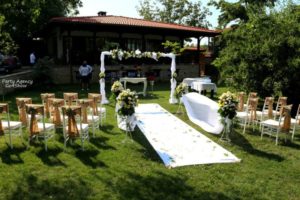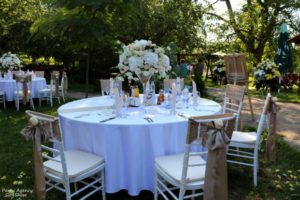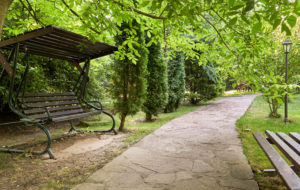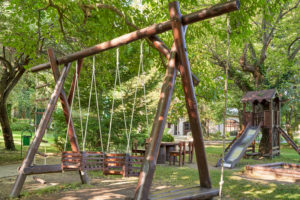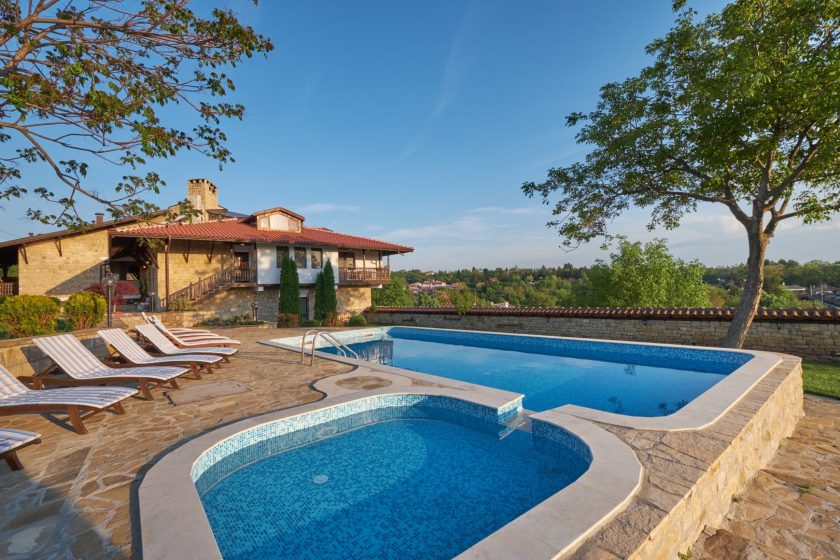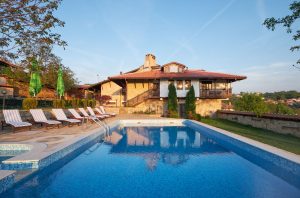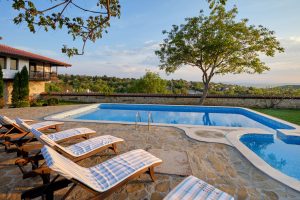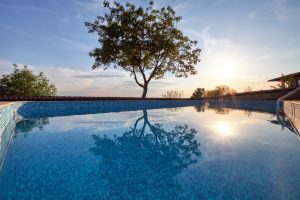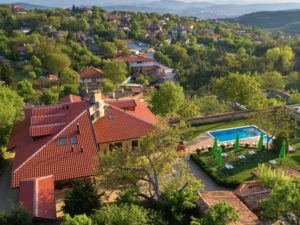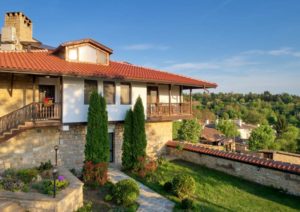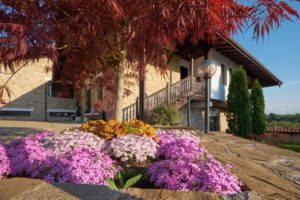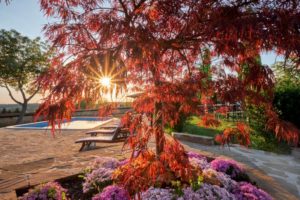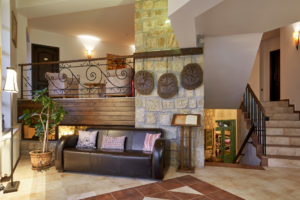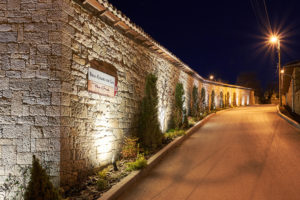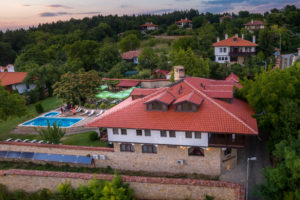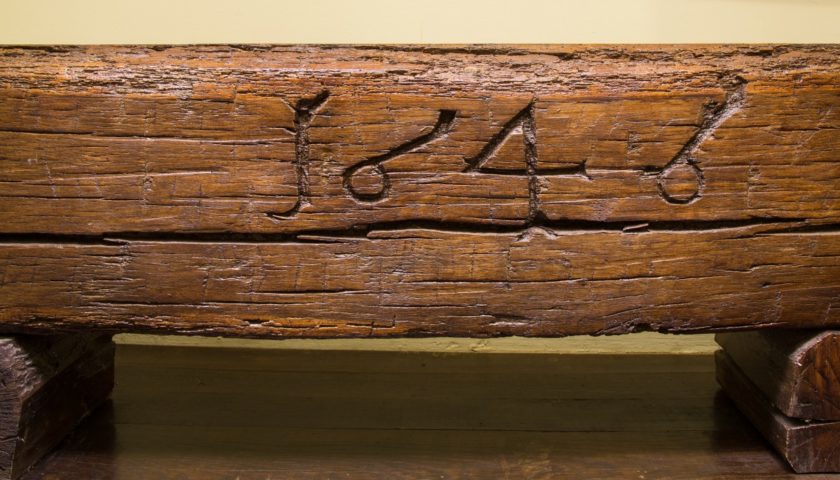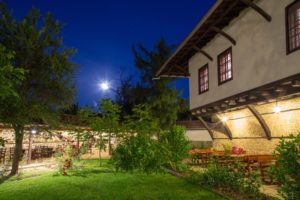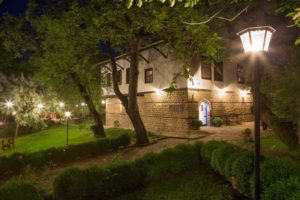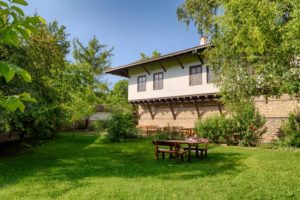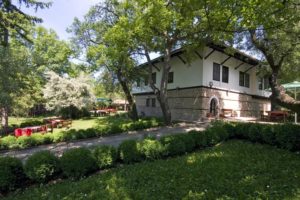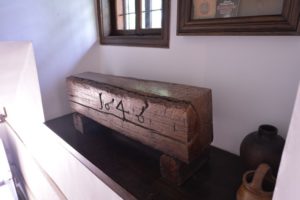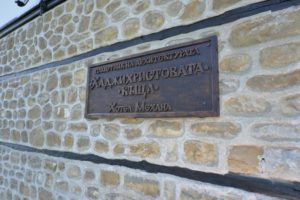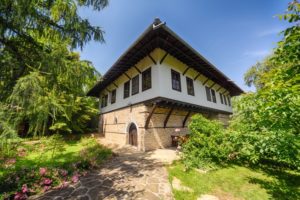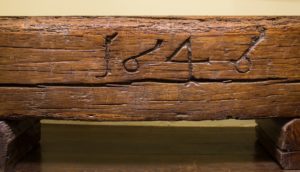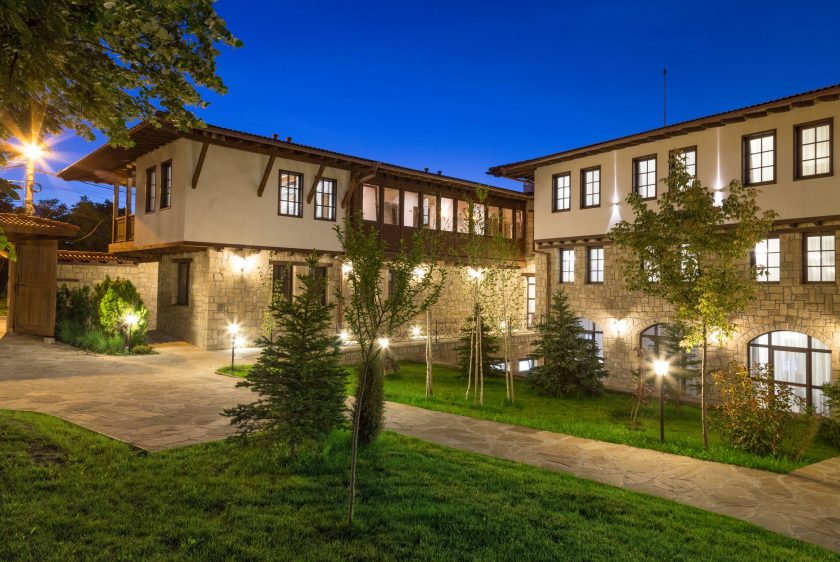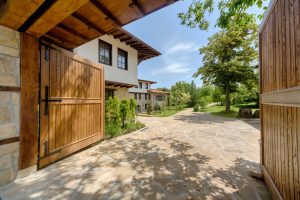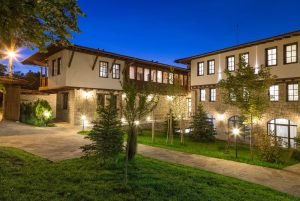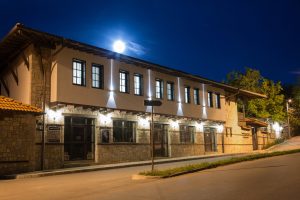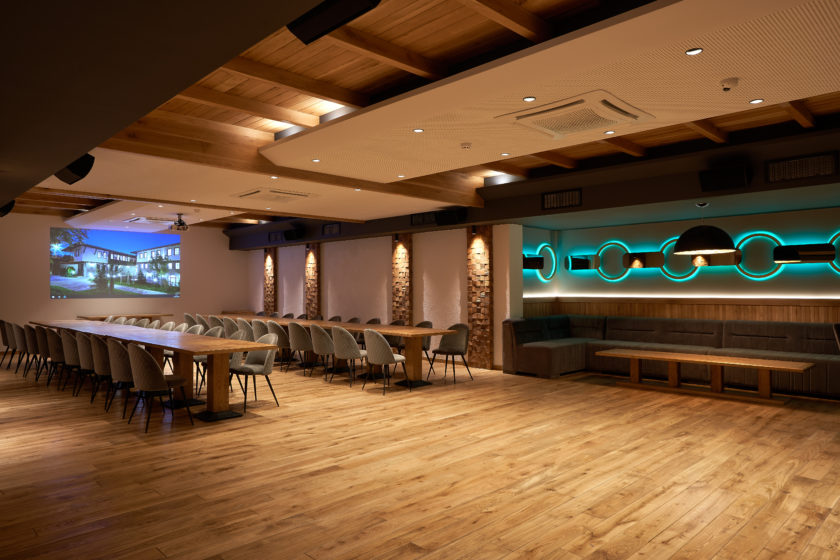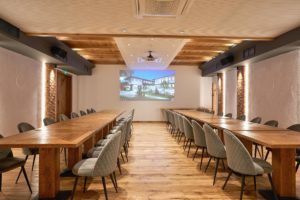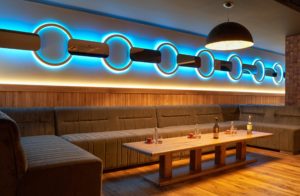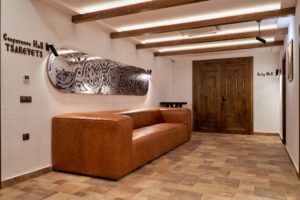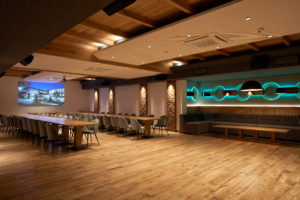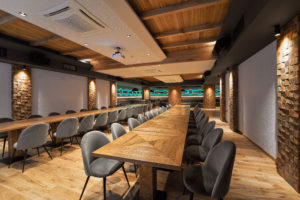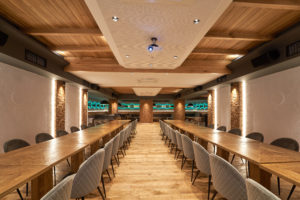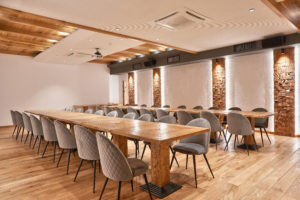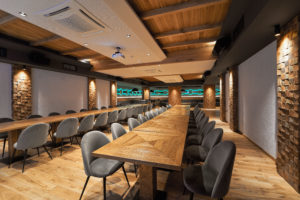Sightseeing
in the Veliko Tarnovo region is the source not only of knowledge. It is
also a strong emotional experience. Coming into touch with the cultural
heritage and with the intense beauty of the scenery is a good way to
revitalize. This region of Bulgaria is proud of its fourteen Orthodox
monasteries. Take any of them and you will find out that it has its own
contribution into Bulgarian history and spiritual quests. Some of them
have played a formative role in the development of the Bulgarian state
over centuries. It is not accidental that after the liberation from
Ottoman Yoke and during the process of creating Bulgaria’s new
administrative and cultural structures, the Tarnovo dialect was adopted
as the basis of the Bulgarian literary language.
Tsarevets Architectural Reserve
Stately as it is in its historical grandeur, the Tsarevets Stronghold towering
above Veliko Tarnovo, attests to the power, building skills and the
affluent lifestyles of the sovereigns of the Bulgarian kingdom and of
senior clergy. Built on a hill providing for natural inaccessibility,
the stronghold is protected by its natural environment, as well as by an
elaborate fortification system consisting of high fortress walls, gates
and towers. There was a wooden draw-bridge at its first gate.
The royal
palace and the patriarchal complex stand out in Tsarevets. In the period
12-14 c. the site underwent a few reconstructions. The buildings had
vividly decorated facades. The throne-hall and the private royal
chambers revealed the grandeur and wealth of the royals.
The palace
church kept the relics of St. Petka of Tarnovo. Some of the Bulgarian
sovereigns who ruled the country in 14 c. were buried there.
The patriarchal
complex was the place where from the administration of ecclesiastical
affairs of the country was carried out. It housed the library, the
scriptorium, the patriarch’s residence and offices, monastic cells and
the Ascension Patriarchal Church.
The area
surrounding the two complexes was densely built-up too. Archaeological
research suggests there were 470 residential buildings, a lavish mansion
owned by a high-standing aristocrat, and an inn.
Forty Holy Martyrs Church
“Man
even if he lives well, dies, and another one is born. And let the one
born later when he sees this writing, remember the one who left it…” This
remarkable quote from the time of Khan Omurtag has survived to the
present day inscribed on one of the marble columns of the Forty Holy Martyrs in Veliko Tarnovo.
This church is
the most prominent Bulgarian medieval monument in the old capital city.
It was erected and its frescos painted during the reign of Tsar Ivan
Assen II to celebrate his glorious victory near Klokotnitsa against the
troops of Despot Theodore Komnin on 22 March 1230.
In the first
years of the Ottoman Yoke the church was preserved as Christian. Later
on it was converted into a mosque. Fortunately it keeps some of
Bulgaria’s most outstanding epigraphic monuments: the Omurtag and Assen
columns and the Border Column from the time of Khan Krum.
Archeological
digs here opened in 1969. Three years later King Kaloyan’s burial was
unearthed (burial of a man, 1.90 m tall, clad in a richly ornamented
military outfit, decorated with tinsel and pearls). The gold ring found
in the burial weighs 61.1 g. A snow leopard is depicted on it, and it
bears an inscription reading ‘Kaloyan’s Ring’.
Sound & Light Audio-Visual Show
Sound & Light –
a synthesis of light and music in an unmistakable way! One has to see
the Sound & Light audio-visual show to be able to feel the full
power of this artistic presentation. During the night multicolored
lights and lasers explode to the chime of church bells and to the tune
of dramatic music. The show is a unique attraction. Collected in one,
hundreds of colorful lights, the three laser beams and the music
recreate the glorious and tragic history of the Second Bulgarian Kingdom
(1185 – 1393). Sound & Light recreates events from Bulgarian
history, the resistance put to the Ottoman invaders coming to Europe,
the years of the Turkish Yoke, the national-liberation movement and the
Liberation itself.
The Sound &
Light audio-visual show defined by hundreds of spectators as “the magic
of Tsarevgrad Tarnov” was performed for the first time in 1985 to
commemorate the 800 anniversary since the uprising of the brothers Assen
and Petar.
Samovodska Charshiya (Bazaar) in Veliko Tarnovo
Taking a walk in the ancient streets of Samovodska Charshiya,
the Veliko Tarnovo guest will feel the atmosphere of the National
Revival, of the habits and ways of the people who lived in
post-Liberation Bulgaria. Amid the lovely scenery of past times the
visitor becomes part of a romantic show as both performer and spectator.
The Samovodska
Charshiya emerged in 1860s and 1870s, when Tarnovo got bigger and
developed briskly as a center of trade and crafts. Its two streets are
lined with small stores, workshops and inns. The famous inns included
Davidov Inn, Hadji Velikov Inn and the Inn of Atanas Yonoolu. Today only
the Hadji Nikoli Inn survives.
Depending on
what was made and sold, there were various bazaars during the National
Revival – grocery, blacksmith’s, sandals’ and other bazaars.
The cloister of the Hilendar Monastery was here too.
Today the
Samovodska Charshiya is a museum site in Veliko Tarnovo representing a
historical, cultural and tourist attraction. It includes the Samovodski
Market.
The complex
consists of restored and adapted Revival and post-Liberation houses from
19 c. One of them is the house of birth of writer Emilian Stanev.
Visitors are
fascinated with the functioning workshops representing replicas of the
original ones: a pottery, an armory, a wood-carving workshop and an
icon-painting studio, a weaving mill and a few sweet shops. Outlets
selling souvenirs and antiques add to the captivating atmosphere of the
place.
Veliko Tarnovo Archaeological Museum
The
millennia-old history of Veliko Tarnovo and its vicinity have for many
years been the subject of archeological research and discoveries. The
Archeological Museum with its exhibition “Tarnovgrad, capital of
Bulgaria 12-14 c.” highlights the period when Veliko Tarnovo was the
capital of the medieval Bulgarian state. The museum’s collection
incorporates items from other periods of history as well.
The House with the Monkey
At first glance
the House with the Monkey in Veliko Tarnovo is not more than an oddity.
In fact the building erected in mid-19 c. is an outstanding
manifestation of the construction genius of Master Kolyo Ficheto.
Displaying his unique architectural and building skills the great master
designed and built on a very narrow plot of land a three-storey house
for his client, merchant Nikola Koyuv. Despite the limits of space, the
house had everything necessary to be functional: storehouse premises,
shops and a residential section for the family.
A profiled column on the house’s façade depicts a sitting monkey with a slate. This image has lent the building its exotic name.
The house has
quite distinctive exteriors – it is faced with convex bricks, a rarity
for that time. Most probably, Kolyo Ficheto used his own style of
decorating buildings. Other of his creations display the same exterior
decoration.
And there is
another curious detail about the House with the Monkey: for some time it
was the home of Stoyancho P. Ahgar. He was a pioneer collector of
antique objects and created the first private collection of this kind.




